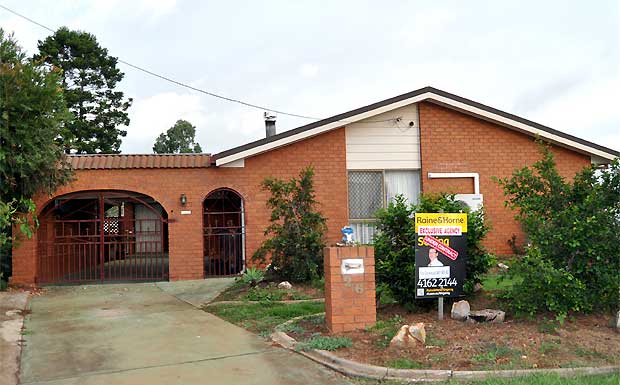
March 10, 2015
Land valuations released last week for 17,250 properties in the South Burnett Regional Council area show that land values in the area have declined by 3.9 per cent overall during the last three years.
The South Burnett was last valued by Queensland’s Valuer-General in October 2011.
Since that time, residential activity has decreased with the overall median value falling by 7.5 per cent to $62,000, Valuer-General Ian Bray said.
The major towns of Kingaroy and Wondai have both fallen by around 10 per cent with new median values of $72,000 and $44,500 respectively.
But other larger centres such as Murgon, Nanango and Blackbutt are unchanged from the previous valuation.
Smaller villages such as Taabinga, Tingoora, Proston and Hivesville have fallen in value from 4.3 to 10.2 per cent, while Kumbia, Maidenwell and Memerambi are unchanged.
Median values now range from $225,000 at Hodgleigh down to $14,000 at Mondure.
The declines have also flowed on to rural residential blocks, which have decreased in value by 6 per cent from $84,000 to $79,000.
Multi-unit residential blocks, industrial and commercial sites have also seen declines of between 4.5 per cent and 6.5 per cent in the past three years.
However, rural properties have remained relatively stable, showing a decline of only 0.4 per cent, which reflects a static to softening State-wide rural property market.
“Land values have generally fallen in the major centres of Kingaroy and Wondai since the last valuation, with small decreases in most market sectors and localities,” Mr Bray said.
Mr Bray said landowners could access the latest land valuations information online
“Landowners can also have future valuation notices and other valuation information sent to them by email by visiting www.dnrm.qld.gov.au or calling 1300-664-217.”
Mr Bray said it was important that landowners realised that valuation notices were not rate notices.
“Rates are set under the Local Government Act 2009 and are determined by local government authorities,” he said.
“The setting of rates is based on a number of factors – valuations are only one of those factors.”
Mr Bray said landowners who believed their valuation was incorrect, and could provide information to support this, could lodge their objection online or at the address shown at the top of their valuation notice before May 4, 2015.
“Landowners without internet access can get an objection kit that includes a step-by-step guide by phoning 1300-664-217,” he said.
“The list of Queensland’s statutory land valuations in a searchable table format, interactive maps that include residential sales information for major residential localities, and a rural sales map can be viewed online at www.dnrm.qld.gov.au until June 2, 2015.
“This allows landowners to compare their valuations with others in their area.
“A hard copy of the valuation list for the South Burnett Regional Council area can be viewed at the Department of Natural Resources and Mines, Kingaroy Research Facility, 214 Kingaroy-Cooyar Road Kingaroy, during normal business hours until close of business on June 2, 2015.”
* * *
Table 1: Median Value Of South Burnett Residential Land
* * *
Table 2: Total Value Of Other South Burnett Land Uses
* * *
Table 3: How We Compare With Our Neighbours
with the exception of Toowoomba where a buoyant property market has seen an average rise of 8.4 per cent over the past 12 months. Figures shown in this table are taken from DNRM’s latest published valuations as shown on DNRM’s website as at March 10, 2015






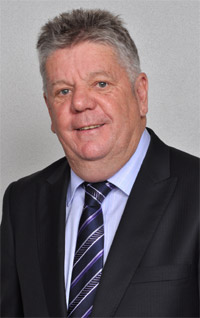
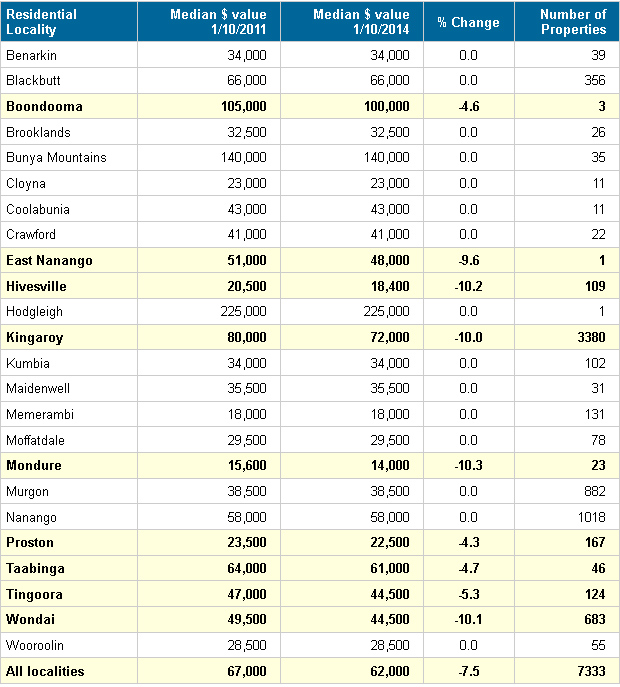





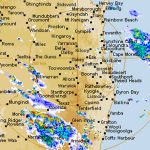
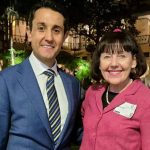
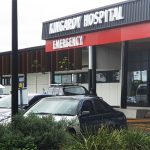


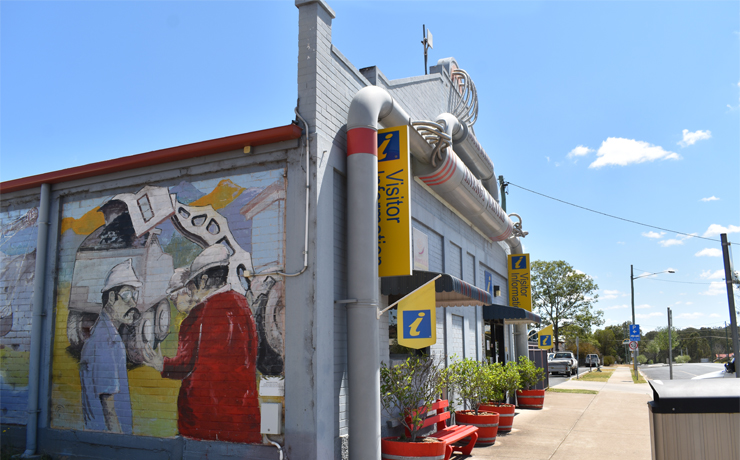






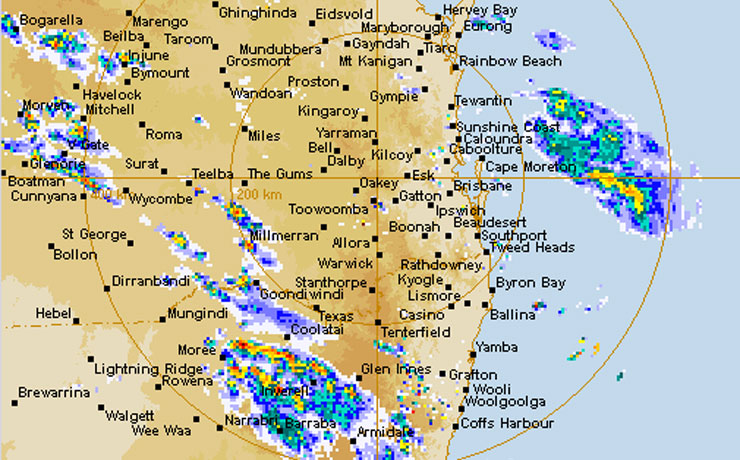
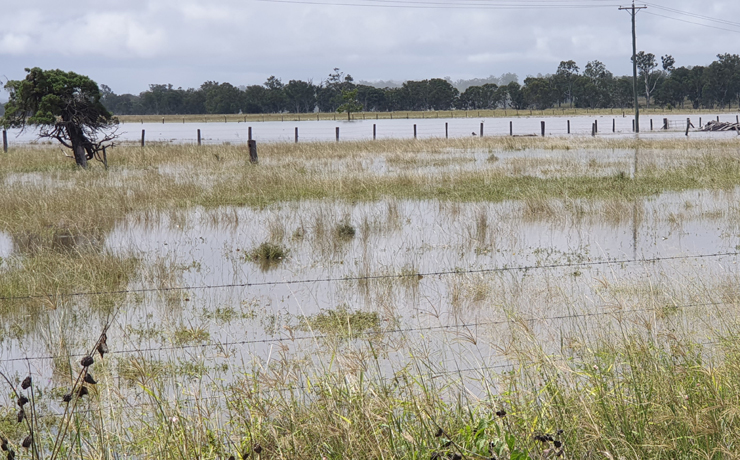
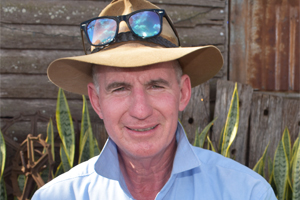
“The latest changes in property values will have no real impact on rates, SBRC Mayor Wayne Kratzmann said today.” No reduction at all? Yeah, of course. Hope the same can be said when/if our property values increase.
My property value dropped by 10 per cent but the cost of getting water into it, sewage out of it and picking up my garbage every week hasn’t changed. So why should my rates?